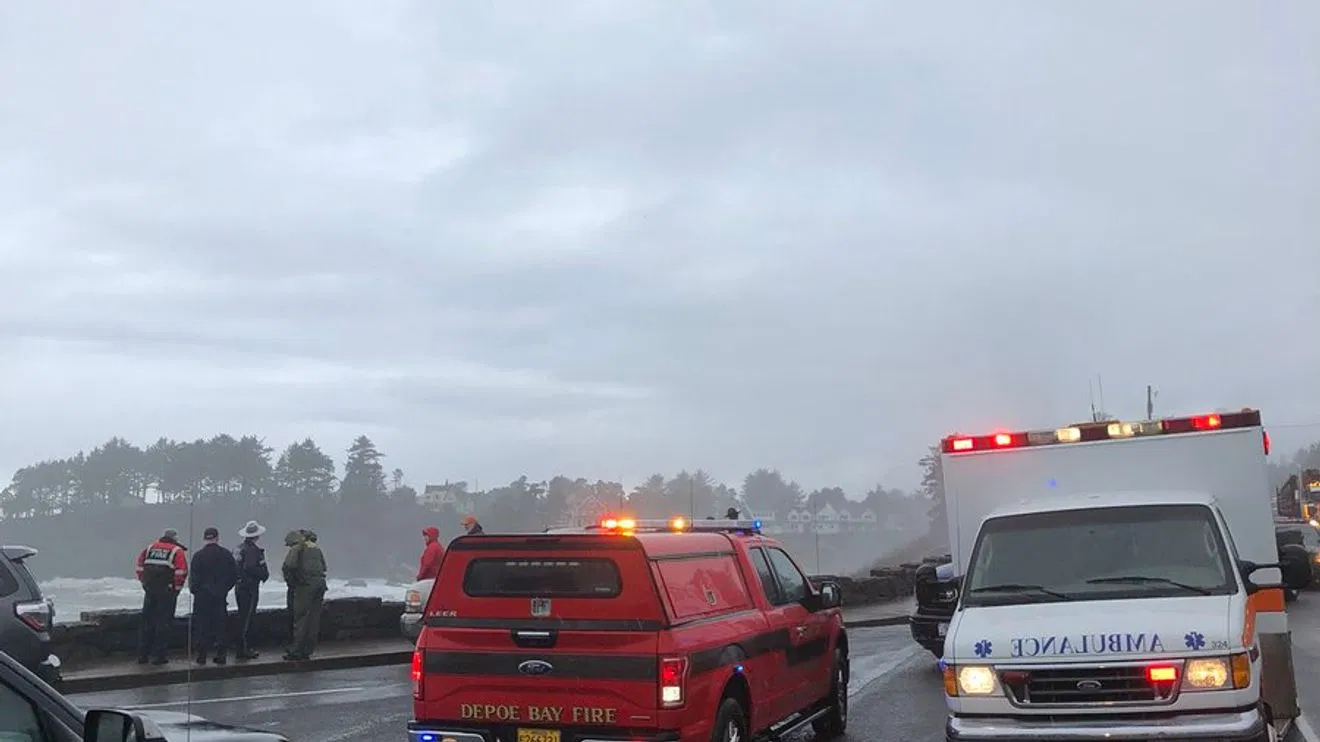Hard winter results in more wildlife on the road. Oregon’s harsh winter season has not only resulted in more snow and ice on the roadway, but it has also contributed to numerous vehicle-wildlife collisions. Exact figures are not available at this time, but both the Oregon Department of Transportation and the Oregon Department of Fish and Wildlife indicate the number of deer and other wildlife on and near roadways is higher than usual.
“Deeper snow in the mountains brings more animals further down into valley areas,” said Randy Lewis, ODFW Assistant District Wildlife biologist. “They are looking for the easiest path that will use the least amount of energy as they search for food.” The path of least resistance may include sections of highways or other transportation routes. In some cases high snow berms along road shoulders have created corridors where animals get trapped.
Some travelers who express concern about wildlife on the roadway often request more wildlife crossing signs. ODOT says that wildlife warning signs are not very effective at reducing the number of crashes. “We have numerous wildlife warning signs, including two new signs with flashing lights that the Oregon Department of Fish and Wildlife installed last year along U.S. 20 between Vale and Juntura,” said ODOT District 14 Assistant Manager Jeff Berry.
Unfortunately, motorists have a tendency to become complacent and ignore signs if there are too many of them, or forget about them within a minute or two, especially if they don’t see an associated danger near the sign. Both ODOT and ODFW agree that the key to avoiding a collision with deer, elk or other critters is to stay alert and be prepared, particularly during early morning and late afternoon.
“The best advice is to slow down and keep a keen eye on the road, especially around dusk and dawn when many animals are on the move,” Lewis said. “Travelers should also take extra care on curvy highways and routes with trees or other vegetation that limit your ability to see ahead.” Deer typically travel in groups so if you see one slow down and watch out for others. Don’t expect them to do the logical thing, either. Too often deer crossing the highway will unexpectedly reverse direction when they reach the opposite site, heading straight into your moving vehicle.
“Think about what action you would need to take if a deer or elk suddenly bolted across your path,” said Berry. “Keeping wildlife in mind, paying extra attention and slowing down will help you avoid a collision with an animal on the road.”
Special wildlife crossing
In some cases grade-separated wildlife crossings have been constructed to channel animals over or under busy highways, typically using large culverts or bridge-like structures.
“Wildlife crossings were installed along sections of U.S. 97 south of Bend and on the new stretch of U.S. 20 between Pioneer Mountain and Eddyville,” Lewis said. “Other sites are being evaluated, but conditions have to be just right for them to work.”
“We will continue to look for ways to help reduce vehicle crashes with wildlife, but we mainly rely on motorists doing their part by keeping mindful that wild animals are going to be on our roadways at times,” said Lewis.
For more information about ODOT’s wildlife crossing program, plus links to videos and related driving tips https://www.oregon.gov/ODOT/HWY/REGION4/Pages/WildlifeCrossings.aspx .
